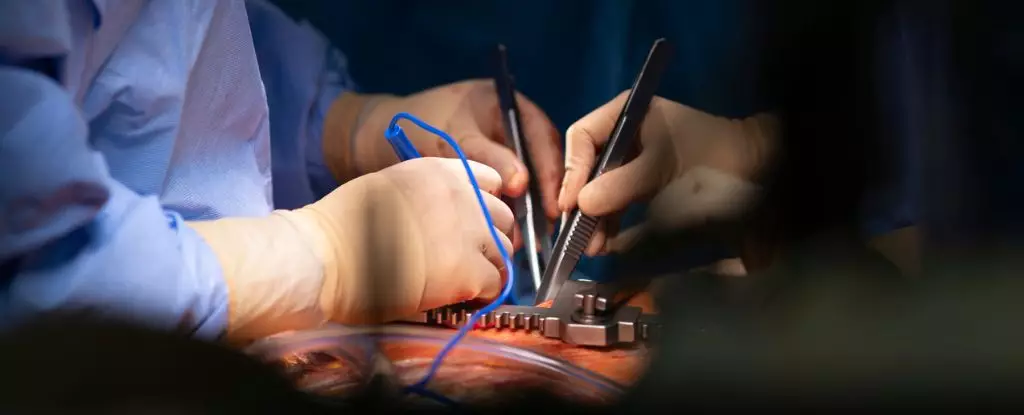The latest advancements in transplant technology, as exemplified by Duke University’s groundbreaking effort to resurrect a dead heart on the operating table, are emblematic of humanity’s relentless pursuit of survival at any cost. While the successful transplantation into a three-month-old child might seem like a miraculous feat, it also throws into stark relief a profound moral dilemma: are we crossing ethical boundaries under the guise of innovation? This controversy is not merely academic; it strikes at the core of what society considers morally acceptable when dealing with life, death, and the sanctity of the human body. Resuscitating a heart that has been declared dead for over five minutes, then reintroducing it into a living patient, fundamentally challenges traditional definitions of death—a concept that has long served as the moral backbone of organ donation.
The procedure at Duke involves complex machinery: oxygenators, centrifuges, custom-built for infants, and the on-table reanimation process itself. At first glance, it appears as a triumph of medical ingenuity, offering renewed hope to countless children waiting for donor hearts. But critical scrutiny reveals uncomfortable questions: does this process blur the line between life and death in a way that makes us uncomfortable? By reanimating and then transplanting hearts that would have otherwise been discarded, are surgeons unwittingly endorsing a form of morally questionable experimentation? The debate ultimately hinges on the definition of death—if a heart can be revived outside the body and then transplanted, can we still uphold the moral line that separates life from death? Many argue that this process undermines the very foundation of organ donation ethics, raising fears about the potential for misuse and the slippery slope towards practices that could devalue human life.
Furthermore, critics warn that such technological advancements could be exploited in ways that aren’t aligned with societal values. For example, the reanimation of hearts from circulatory death could inadvertently incentivize premature declaration of death stages to expand the donor pool. While proponents argue that these innovations could increase the pool of available organs by up to 30 percent, the ethical cost of such an expansion is high. It raises troubling questions: Are we prioritizing the needs of recipients over the moral imperative to respect the dead? Should desperation for organs drive policy, or should ethical lines remain firm, even if that means fewer available organs? Society must wrestle with whether the potential for saving more lives justifies potential moral trespasses against accepted death protocols.
On the other hand, alternative approaches like Vanderbilt’s preservation method attempt to sidestep these ethical quagmires. By simply flushing cold preservation solutions without attempting reanimation, they preserve donor hearts while avoiding the contentious issue of bringing a heart back to life within a donor’s body. This technique respects the traditional definitions of death—maintaining the boundary between life and death—yet still offers a promising solution to increase organ availability. Such innovations reflect an understanding that technological progress should not come at the expense of moral integrity. While they may limit the number of usable organs compared to reanimation methods, they uphold a moral standard that many believe preserves societal trust in the process.
The discourse on heart transplantation is far from purely scientific; it taps into deeply held values about human dignity, morality, and societal responsibility. We must ask ourselves not only what is possible but what is right. As medicine pushes the boundaries of life and death, it becomes crucial for society to decide whether progress should come at the cost of ethical clarity. Both the reanimation techniques and preservation strategies serve as a mirror: reflecting our priorities, our boundaries, and the moral cost of our relentless quest to save lives.


Leave a Reply